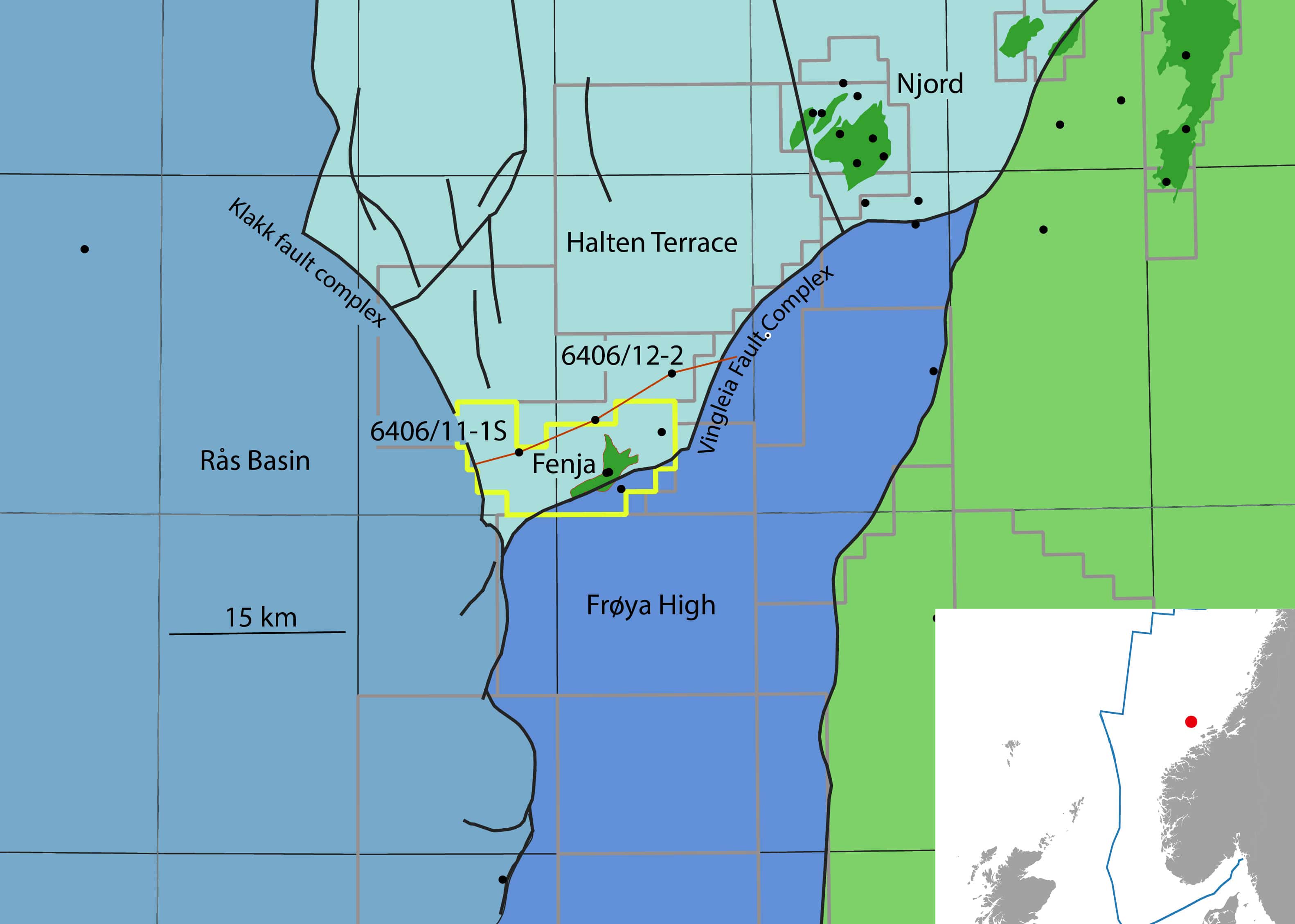Neptune Energy Norge AS, operator of production licence 586, is in the process of concluding the drilling of wildcat well 6406/12-G-1 H, which is an extension of an observation well on the 6406/12-3 A (Bue) oil discovery.
The 6406/12-3 A (Bue) oil discovery was proven in 2014 in Upper Jurassic reservoir rocks (the Rogn Formation). Before observation well 6406/12-G-1 H was drilled on the discovery, the resource estimate was between 6.3 and 25 MMboe recoverable.
The well’s primary exploration target was to reduce uncertainty in the resource estimate. The secondary objective was to prove petroleum in Middle Jurassic reservoir rocks (sandstone in the lower part of the Melke Formation).
Well 6406/12-G-1 H did not encounter reservoir rocks in either the primary or secondary exploration target. However, it did encounter a total oil column of 38 metres just above the secondary exploration target in the lower part of the Intra-Melke Formation, of which about 20 meters were of moderate to very good reservoir quality.
In September, we reported on the Fenja drilling campaign. Looking at cross-sections from publications in the area (see below), we already concluded that the Jurassic sands are probably of a very limited extent. Well 6406/12-G-1 H has proven this.

The mention of a 38 m oil column just above the secondary target, displaying very good reservoir properties, is intriguing when at the same time it is stated that both the primary target (Rogn Fm) and secondary target (Melke Fm) reservoirs were not found. Let’s have a more detailed look at this.
Looking at the now updated below schematic cross-section we initially produced for the September article, the 12-3A well on Bue found a thin oil column in the Rogn Fm, which represents the Bue find. NPD Factpages mentions that the mudstones of the Spekk Fm are present below the Rogn Sst, with an estimated thickness of around 30 m. Beneath the Spekk Fm mudstones an interval of Intra-Melke Sandstones was drilled.

Unless the 12-G-1 H well drilled a sandstone that is time equivalent to the lower part of the Spekk Fm in 12-3A, we speculate that it is more likely that the well did find the secondary Melke Sst target but in a more distal facies. It may therefore be concluded that this newly proven oil accumulation is within the same reservoir unit as the Pil accumulation.
The preliminary calculation of the 6406/12-3 A (Bue) oil discovery has now been reduced to between 1.3 and 10 MMboe recoverable, while the estimate for the new oil discovery is between 3.2 and 20 MMboe recoverable.
HENK KOMBRINK
Full reference cited article:
Elliott, G.M., Jackson, C.A-L., Gawthorpe, R.L., Wilson, P., Sharp, I.R. & Michelsen, L., 2015. Late syn-rift tectono-stratigraphic evolution of Vingleia Fault Complex, Halten Terrace, offshore Mid-Norway; a test of rift-basin tectono-stratigraphic models. Basin Research, DOI: 10.1111/bre.12158.





